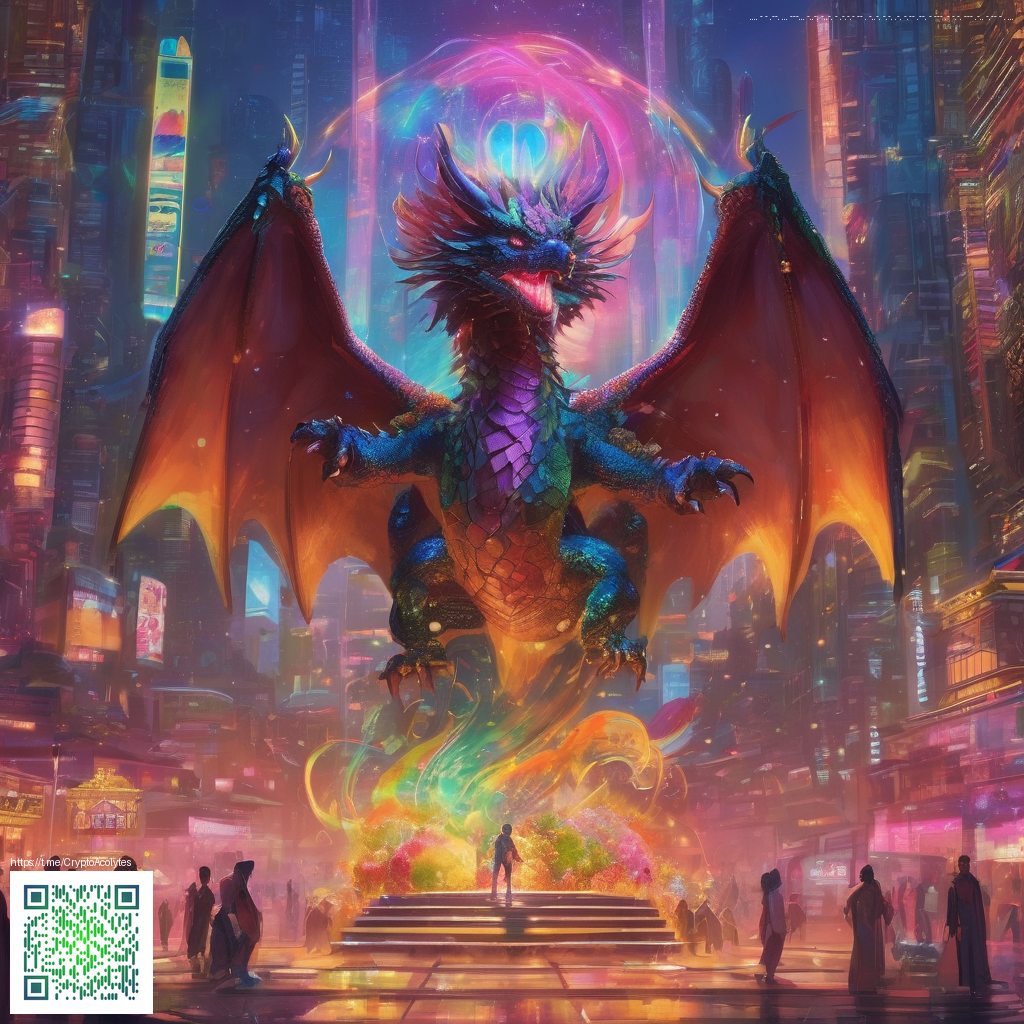
Exploring the Road Ahead for Fully Persistent MMO Universes
The promise of fully persistent MMO environments is not just about keeping servers online; it’s about weaving player choice, economy, and narrative into a seamless, evolving world. In such universes, every action a player takes—building a city, staging a siege, or shaping a guild’s culture—leaves a trace that persists beyond the next login. The result is a shared story where the world’s state feels tangible, believable, and uniquely personal to each participant. As we look toward the coming decade, several threads are converging to turn this vision into a durable reality.
Continuity as a design principle becomes more than a technical goal—it’s a storytelling constraint. Developers are pairing event sourcing with highly scalable simulations so that decisions echo across time. When a rival faction shifts the balance of power, the repercussions ripple through markets, NPC routines, and quest chains in a way that feels coherent to players who have long since chosen their allegiances. The challenge is to balance determinism with emergent behavior, so the world remains recognizable even as it surprises us with new possibilities.
Core design principles shaping persistence
- Durable state and CRDT-based convergence: conflict-free replicated data types help maintain a consistent universe even when players interact with it from multiple devices or regions.
- Event-driven world evolution: every major action is captured as an auditable event, enabling robust replays, moderation, and storytelling.
- Cross-device continuity: players can pick up where they left off on console, PC, or mobile, with world state synchronized in near real time.
- Economy and governance that endure: player-led markets, factions, and city-states require careful tuning to avoid runaway inflation or stagnation.
- Security and privacy by design: preserving persistence begins with protecting data integrity and giving players transparent control over their history.
“Persistence isn’t just about data kept online; it’s about narrative continuity—where every action matters and the consequences feel lasting.” — Industry analyst
As the tech stack evolves, edge computing and distributed simulations will push the boundary of what “real time” means in these universes. Expect simulations to run closer to players, reducing latency for large-scale battles and complex society-building while still allowing the server network to coordinate global events. In practice, this means players experience fewer hiccups during climactic moments, and communities can coordinate large-scale projects without seeing their progress reset by a single lag spike.
Player experience: communities, culture, and commerce
The future of fully persistent worlds hinges on how players form cultures that outlive individual avatars. Persistent guilds, political factions, and artisan networks create a social ecology that survives the whims of any single play session. Developers are increasingly focusing on meaningful progression that transcends grind—story arcs that launch alliances, quests rooted in player history, and dynamic events that respond to collective mood and factional balance. In this context, story living becomes a feature as much as a narrative device.
For readers who crave a tangible link between digital endurance and everyday practicality, consider how a reliable device accessory can support long-horizon gaming and exploration. You can explore a durable option here: Phone Case with Card Holder — Impact Resistant Polycarbonate MagSafe. A sturdy case helps keep you in the world longer, whether you’re exploring a sprawling in-game map or bingeing a marathon of lore-rich content on the go. For deeper reading on related speculative themes, see this discussion: https://horror-stories.zero-static.xyz/93980275.html.
Technically, the across-the-board persistence of worlds will rely on robust networked state machines and predictive reconciliation to mask latency while preserving accuracy. The design challenge is to ensure that players feel the world is stable and predictable—yet full of surprises—without resorting to artificial stasis or constrained innovation. This balancing act will require close collaboration between engineers, designers, and the communities that inhabit these virtual spaces.
Imagining the near future
Looking ahead, we can expect progressively richer world-building tools for creators, more resilient cloud architectures, and smarter AI that augments both the macro story arcs and the micro moments that define daily play. The most compelling worlds will be less about a single endpoint and more about ongoing, shared experience—where persistent states enable continuous discovery, community-led governance, and durable economies that adapt to the players who tend them.